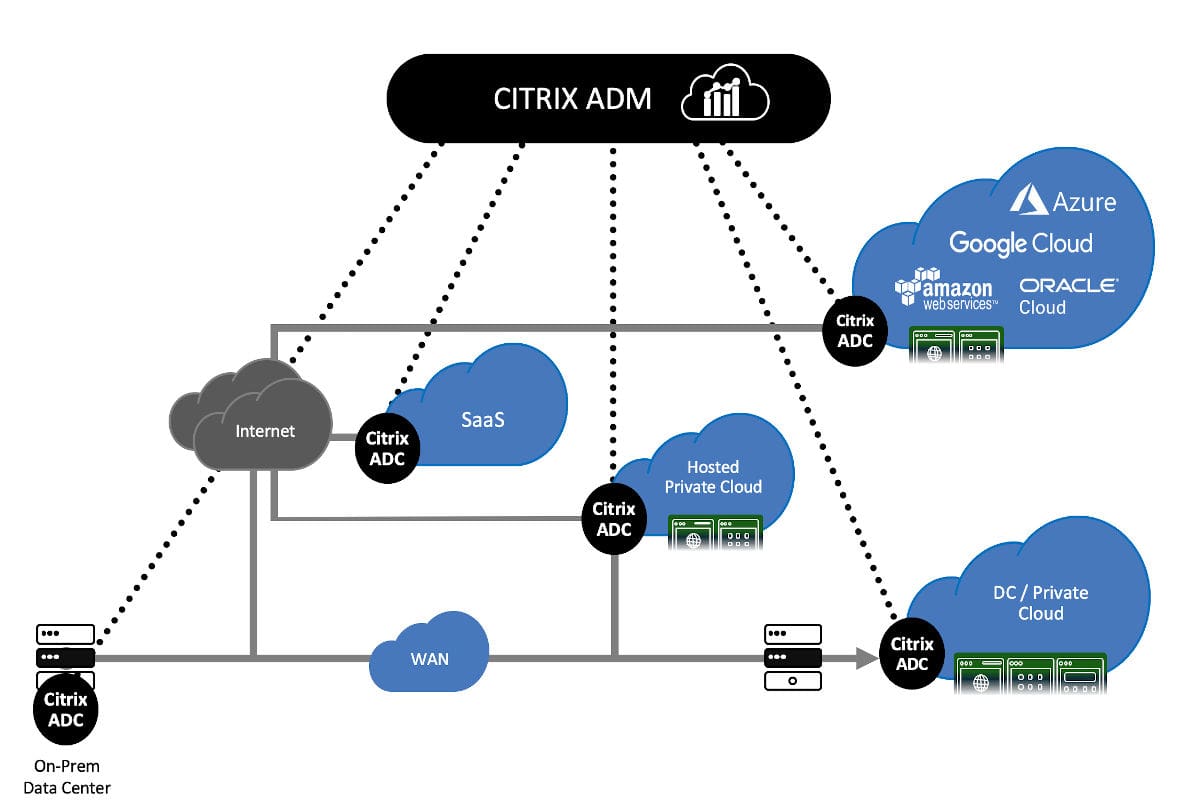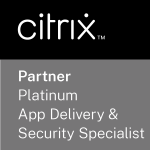If you can measure it, you can manage it. The third part in our mini-series discusses how deep level user experience visibility and centralised management across Azure and hybrid multi-cloud deployments can help you to work more intelligently and efficiently.
In our Part 1 and Part 2 videos of our “Get More from Azure” five-part video series, we have already examined how introducing an app delivery controller like Citrix ADC (formerly NetScaler) into your Azure footprint can help to improve efficiency, security, functionality, and the overall user experience. In part 3, we look at how the ADC and the wider Citrix Cloud Networking portfolio can accurately allow you to track, measure, analyse, improve and control the user experience, all from one centralised console. Watch the video above to find out more, and read below for a few of the key points covered.
What makes a good user experience, and how do we measure it?
As our Part 2: Security video highlighted, Citrix ADC functions right up to the application layer so it doesn’t just recognise where the traffic is coming from and going to, it actually understands what the traffic is which is a key starting point to working smarter. In essence, the vast majority of traffic that passes through the App Delivery Controller is cracked open and investigated, with the ADC performing functions of traffic management, UX optimisation and security before putting the traffic back together and sending it on its way – but that still leads to a common question.
How do you measure user experience for your services? Is it up-time – if it’s up it’s good, if it’s down it’s not? Is that good enough? Are there other tools in your infrastructure, or do you just rely on network metrics to come to a conclusion that UX is good or bad? The time taken to load a page, for example; does that matter to you? Does that impact the productivity of your users or the success of your website?
In a Citrix world, the ADC, by nature of what it does and how it does it, deconstructs traffic to such an extent that it provides the perfect opportunity to syphon off some key performance indicator measurements. These metrics are presented in the Application Delivery Manager (ADM), a centralised ADC service visibility tool that is transforming the way organisations of all sizes measure success.

ADM provides real-time and historical visibility of what user experience looks like in your specific world. It provides a 0-100 score focused on the things that matter in your service model, a simple system that gives you a clear picture of the end to end delivery from the server to the end point. Now, you can measure user experience from the perspective of the user, without the need for endpoint clients – which is a game changer.
Now you’ve identified the problems, you can fix them in the same platform
So, let’s take that capability of user experience measurement and add to it the same machine that is centrally managing the application delivery infrastructure side of things. A centralised place to perform the sort of activities that network administrators want to do on a day-to-day basis across the ADC estate; monitoring the health of a particular device, what capacity is available, or perform configuration changes, potentially across multiple ADC instances, without jumping in and out of individual management consoles.
The Application Delivery Manager allows us to aggregate the management and the visibility of the services delivered across our ADCs (formerly NetScaler devices), whether they may live in Azure or otherwise. So now we can recognise and measure the user experience and identify what changes need to be made, and make those changes from the same platform: a very consolidated, efficient way of working. We can implement an audit trail, automate service disruptive changes like firmware upgrades to be performed out of hours, introduce templates to simplify configuration of popular service deployment, seamlessly integrate with wider SDN orchestration or help reduce the Dev/Ops friction that typically slows service innovation time to market.
So, this powerful ADM console really becomes the epicentre of your world. When you start to stretch away from the individual component parts – your ADC’s, security functionalities, and SD-WAN [to be discussed in Part 4!] – when you take away their individual capabilities and look instead at the aggregation of their capabilities, this becomes really powerful.
Al Taylor, in “Get More from Azure with Citrix Cloud Networking – Part 3: Centralised Management & Visibility”
Watch the video to find out more!
FIND OUT MORE
If you would like to talk to us about any of the points raised or you have your own challenges that you’d like discuss, please call 0330 010 3443 or email [email protected].





